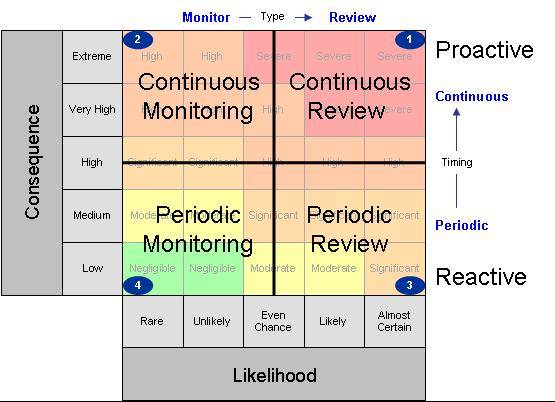Imagine you are visiting a lawyer to get assistance with your legal questions. He looks at your request and says: “You know what, I don’t know much about that. But if you can buy me a few books and reimburse me for training, I can help you.”
This is a paraphrase of something Sandro Mancuso wrote in his excellent book “The Software Craftsman,” and it really resonated with me.
As a manager, I try my best to give my team opportunities for self-development and constantly lobby upper management for a training budget. However, in this post, I emphasize the importance of taking ownership of your career and personal growth.
You may be one of the fortunate individuals whose employer invests in their employees, providing training, books, and time to learn. Alternatively, you might belong to the majority who never get that lucky. Investing in yourself is crucial for career development and self-improvement, regardless of circumstances. It enables you to become more capable and effective in various aspects of your life, leading to greater career opportunities, promotions, and higher earning potential.
To take charge of your professional growth, consider these practical tips for investing in yourself:
- Set clear goals: Identify your long-term career objectives and short-term goals to focus your efforts and prioritize learning initiatives.
- Create a learning plan: Develop a plan to achieve your goals, allocate time in your schedule for learning, and commit to it. Be intentional about what you want to learn and track your progress.
- Read regularly: Reading helps expand your knowledge and gain insights into different perspectives. Make a habit of reading books, articles, or blogs to stay current in your field and broaden your horizons.
- Leverage online resources: Utilize free or low-cost online courses, webinars, and tutorials to deepen your knowledge and skills.
- Learn from your peers: Collaborate with colleagues to share knowledge, discuss ideas, and enhance professional development.
- Embrace failure: Use failure as a learning opportunity. Take risks, make mistakes, and reflect on what went wrong to grow from the experience.
- Practice continuous improvement: Strive for excellence, look for ways to improve, and embrace feedback and criticism as opportunities for growth.
- Network: Build a strong network of contacts to open doors to new opportunities and expose yourself to fresh ideas.
- Stay curious: Cultivate a mindset of curiosity and wonder, and remain open to new ideas, experiences, and perspectives.
Remember, investing in yourself is not a luxury; it’s a necessity. By taking ownership of your career and actively pursuing professional development, you’ll become more valuable to your current employer and better equipped to navigate the ever-changing job market. So, embrace the challenge and embark on the exciting personal and professional growth journey.




